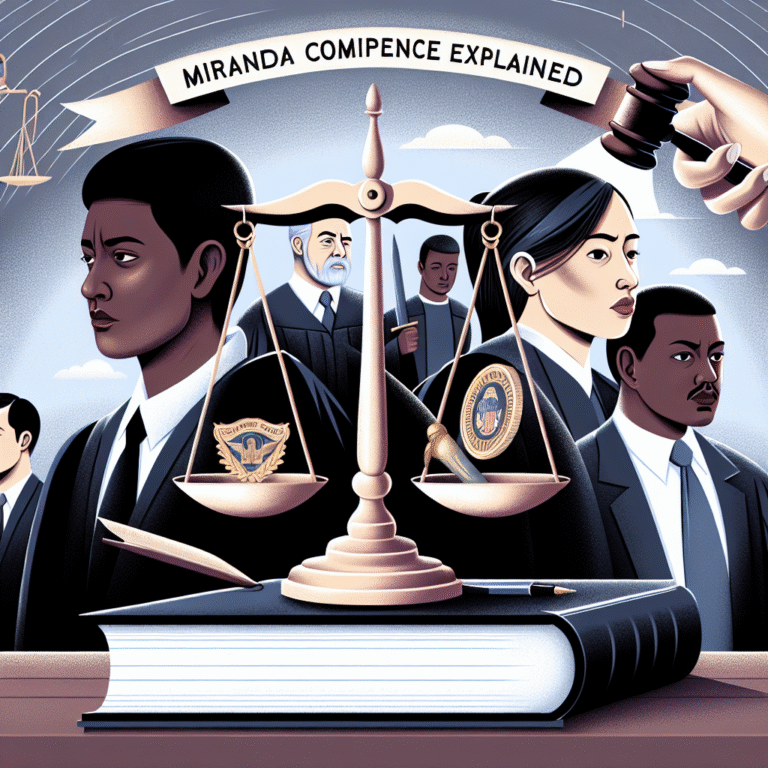
Introduction
In an age where threats are more pervasive than ever, the importance of collaboration in effective threat assessment cannot be overstated. Organizations and communities face increasingly complex risks—from cyberattacks and terrorism to workplace violence and natural disasters. By fostering a collaborative environment, organizations can enhance their threat assessment capabilities, drawing on diverse expertise and perspectives to inform better decisions.
This article delves into the essential importance of collaboration in effective threat assessment, offering insights, real-world case studies, and actionable strategies to cultivate a more collaborative approach.
Understanding Threat Assessment
What is Threat Assessment?
Threat assessment is a systematic process of evaluating potential risks to identify and mitigate threats before they escalate. This can include analyzing data, assessing vulnerabilities, and evaluating potential outcomes. Organizations often approach threat assessment as a standalone task, but this can limit their effectiveness.
Why Threat Assessment Matters
With an increase in high-profile incidents of mass violence, cybersecurity breaches, and environmental risks, organizations must prioritize threat assessment. The importance of collaboration in effective threat assessment lies in pooling resources, knowledge, and networks to create a comprehensive understanding of risks.
The Value of Collaboration
Access to Diverse Perspectives
One of the most significant advantages of collaboration in threat assessment is the access to a range of perspectives. Different stakeholders—law enforcement, cybersecurity experts, HR personnel, and community leaders—bring unique insights.
For example, in a case study involving a healthcare organization facing cybersecurity threats, their IT department alone did not recognize the critical vulnerabilities. When they collaborated with staff across departments, including patient data storage and compliance teams, they identified multiple areas of risk that had previously gone unnoticed.
Strengthened Communication
Collaboration facilitates effective communication, which is crucial for successful threat assessment. When teams work together, they develop a shared language and understanding of risks.
Consider a school district that implemented a collaborative threat assessment model involving teachers, administrators, and local law enforcement. This partnership improved the district’s ability to preemptively address potential threats, ultimately creating a safer environment for students.
Enhanced Data Sharing
Sharing data across organizations is vital for effective threat assessment. When different sectors collaborate, they can share crucial information that might not be available in isolation.
For instance, during the COVID-19 pandemic, various agencies collaborated to share data on infection rates, contact tracing, and resource allocation. This collaboration greatly informed public health strategies, showcasing the importance of collective data sharing in threat assessment.
Real-World Case Studies
Case Study 1: The Maritime Security Collaboration
Background: After several instances of piracy off the Somali coast, the maritime industry faced a significant threat.
Collaboration Efforts: Shipping companies, governments, and international organizations collaborated to create Joint War Rooms, where data and intelligence were shared to monitor shipping routes.
Outcome: This collaborative effort reduced piracy incidents significantly, demonstrating the importance of collaboration in effective threat assessment in maritime security.
Analysis: By uniting various stakeholders, this case highlighted how collaboration can transform reactive measures into proactive strategies.
Case Study 2: Threat Assessment in Schools
Background: Following a tragic school shooting, a school district needed to reassess its threat protocols.
Collaboration Efforts: The district formed a multidisciplinary threat assessment team, including educators, mental health professionals, and local law enforcement.
Outcome: The improved communication and shared understanding led to early identification of concerning behaviors, contributing to a safer school environment.
Analysis: This case underscores the importance of collaboration in effective threat assessment, illustrating how diverse expertise can lead to tangible security improvements.
Strategies for Promoting Collaboration
Build Interdisciplinary Teams
To embrace the importance of collaboration in effective threat assessment, organizations should actively build interdisciplinary teams. By integrating different sectors—such as IT, HR, and legal departments—the organization can harness varied insights and enhance their overall threat response.
Foster Open Communication
Encourage open communication among team members. Regular meetings, feedback sessions, and collaborative tools can help break down silos and nurture a culture of trust.
Utilize Technology
Leverage technology to streamline communication and information sharing. Collaborative platforms can help different teams access relevant data, reducing friction in the assessment process.
Example Table: Tools for Collaborative Threat Assessment
| Tool | Purpose | Benefits |
|---|---|---|
| Slack | Communication | Instant updates, team chats |
| Microsoft Teams | Document sharing and meetings | File storage, collaborative efforts |
| ThreatConnect | Threat intelligence sharing | Cross-agency data collaboration |
| Trello | Task management | Visual task assignments for teams |
The Importance of Training
Training as a Collaborative Effort
Investing in training that emphasizes collaboration is critical. This can include workshops that focus on team-building exercises, crisis response simulations, and threat assessment best practices.
Continuous Learning
Creating an environment of continuous learning fosters a culture where collaboration thrives. Encourage teams to attend conferences, share findings, and incorporate new strategies based on collective insights.
Conclusion
The importance of collaboration in effective threat assessment cannot be overlooked. As threats evolve, so too must our strategies for addressing them. By engaging various stakeholders, sharing knowledge, and utilizing technology, organizations can significantly enhance their threat assessment capabilities.
As you move forward, consider the actionable insights outlined here. Promote collaboration within your organization, foster open channels of communication, and recognize the value of diverse perspectives. Together, we can build a more secure future.
FAQs
1. What is the main goal of threat assessment?
The main goal is to identify, analyze, and mitigate potential risks before they escalate into more serious incidents.
2. How does collaboration improve threat assessment?
Collaboration improves threat assessment by integrating diverse perspectives, enhancing data sharing, and strengthening communication among stakeholders.
3. Can collaboration be beneficial in small organizations?
Absolutely! Even small organizations can enhance their threat assessment by fostering teamwork among different departments or external partners.
4. What tools can support collaborative threat assessment?
Tools like Slack, Microsoft Teams, and threat intelligence platforms such as ThreatConnect can improve communication and data sharing.
5. How often should organizations reassess their threat assessment strategies?
Organizations should routinely review and update their threat assessment strategies, ideally biannually or after significant incidents occur.
By embracing the essential importance of collaboration in effective threat assessment, organizations can create a more resilient future, capable of confronting the myriad challenges of today’s complex landscape.

















